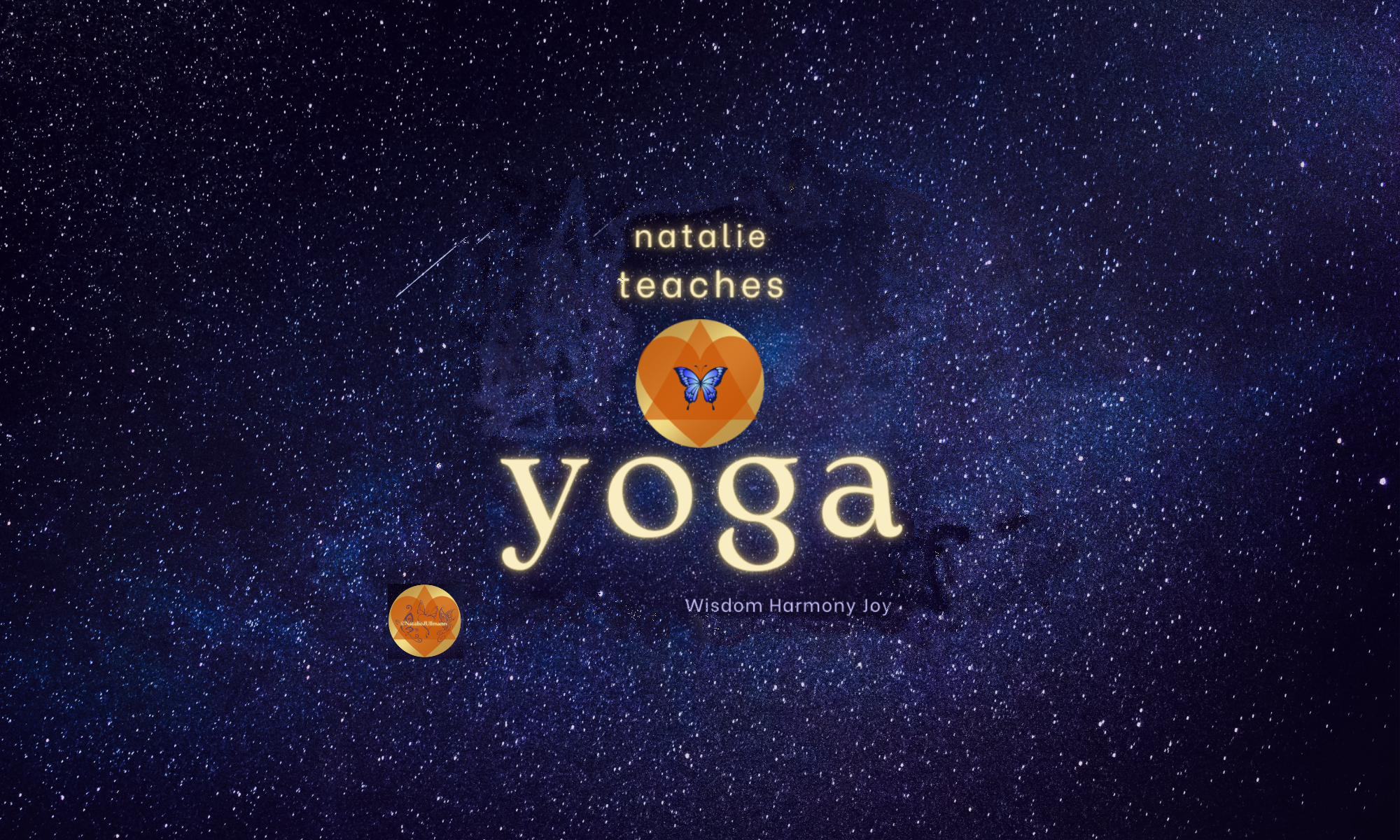*note – there are links to previous posts about the koshas below for your reference*
Moving towards the experience of yoga will always involve a bringing together, a yoking together, an integration. After journeying through an anatomical map like the koshas, there is benefit from integrating the information into our practice. Such integration brings individuality to our practice – no two people integrate ideas into their practice the same way. Consciously integrating the koshas into your practice will create your own beautiful personal yoga mosaic –an array of harmonious proportions uniquely adapted for your life.
The classic teachings of yoga – taken holistically – are an invitation to develop skillful means. To learn through practice to rein together the forces acting within and without – to become artful and harmonious co-creators. A sustainable and integrated practice is built on working with our practices in harmonious proportions. The advantage of a sustainable practice is longevity – it stays with us our whole lives. In classical yoga practice this is ideal as it provides an enhanced relationship to our bodies and lives through times of change. The golden ratio establishes harmony and ease. It’s about a state of interrelationship which -like architecture -brings strength and stability. In sutra 2.46 of his Yoga Sutra, Patanjali calls this the stable joyful seat. (tr. The seat should be stable and joyful).

What does this have to do with the koshas? A practice designed to address each of the koshas will create a stable practice in which all dimensions of ourselves become integrated.
To do this, we can construct a chart of the practices we want to explore that will develop each of the koshas. These are practices to bring the other parts of yourself into your practice is deliberate way.

Then select practices for each kosha that you would like to develop at a given time. Then, decide how much of each is appropriate to start out with and adjust it based on your needs at a given time – maintaining the presence of all five. Examples – when I was teaching yoga full time asana was 1.5 hours a day and everything else was 5-10 minutes a day – or once a week or month. Now, my life needs less physicality and more inner peace. I meditate 45 minutes and my asana practice is sometimes only 20 minutes. You know that the practice is out of balance by your experience of the koshas. So, if I try to do 1.5 hours a day of asana right now – my mind chatter increases dramatically. If I tried to do an hour of meditation in my teaching days, I would fall asleep. Now, meditating awakens me. It’s important to note that it also needs to be in proportion to your lifestyle. When I worked in corporate America, I also needed very intense asana.
You will know you are succeeding in creating a harmonious balance if your practice is sustainable (meaning – you are able to fulfill the personal commitment you have made over time) – and you will experience the wondrous personal transformation that is the promise of yoga – and that will occur not only on your mat but also in your relationships, your work, your creativity your passion.
Introduction to the Five Sheaths
The AnamayaKosha
If you would like to explore ways to work with the physical body to integrate the koshas, my associated newsletter will be posted on my facebook page for NatalieteachesYoga. To receive future newsletters with alternate approaches to what is shared in the blog post, please sign up below. I promise you will not receive marketing emails from me. These are designed to be educational.

